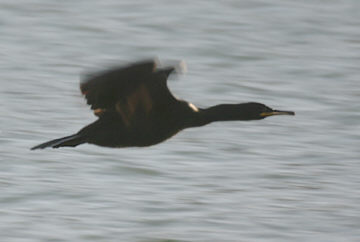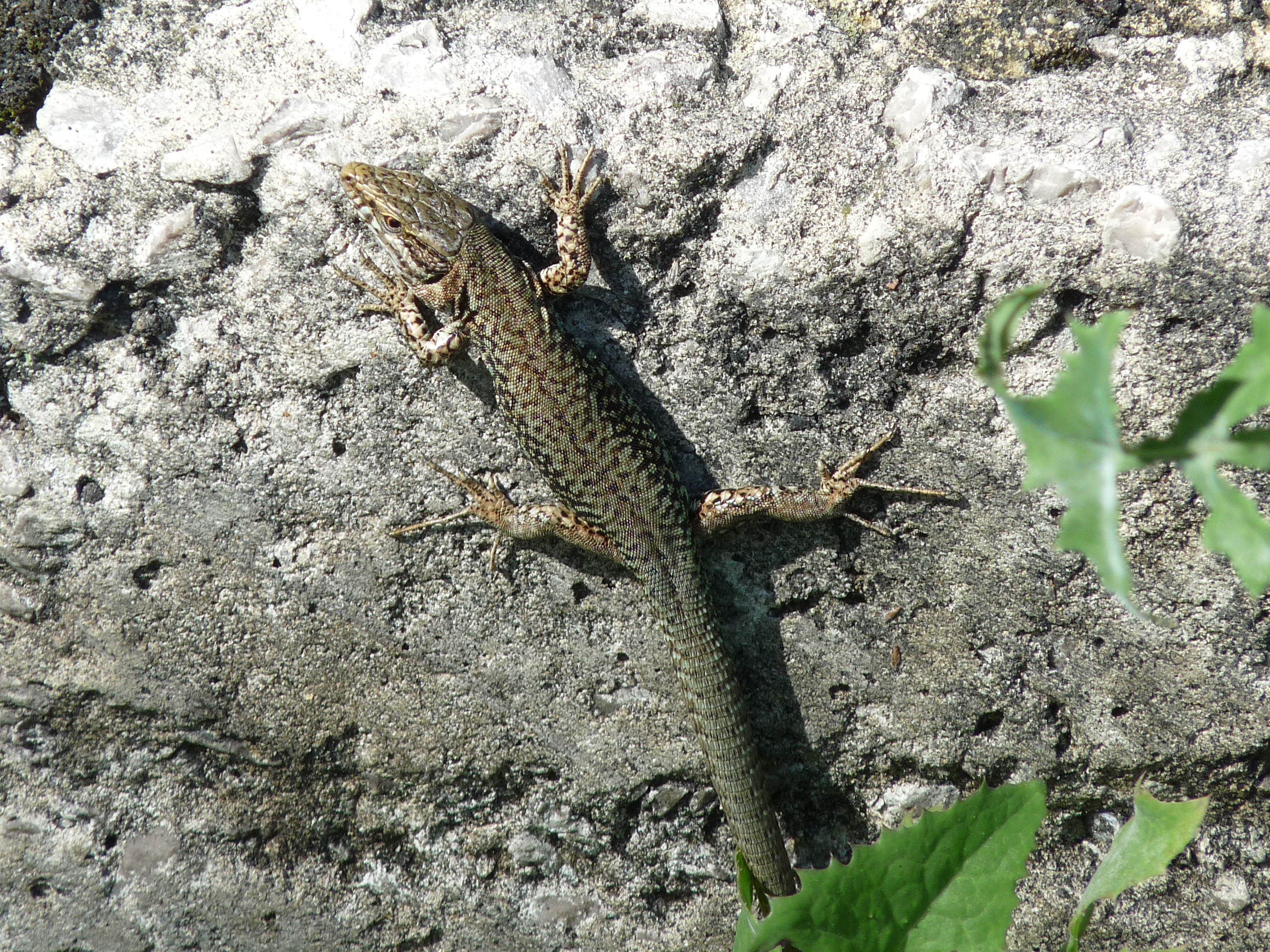|
Santa Clara Island (San Sebastian)
Santa Clara Island (Spanish: ''Isla de Santa Clara''; Basque: ''Santa Klara uhartea'') is an island located in San Sebastian, Spain, in the middle of the bay of Donostia. It is located between the two most important mountains of the city, Urgull and Igueldo. It measures across, and rises to a height of , with steep sides. The island has a small beach which only appears with low tide. There is a small bar and a small port. Despite the small size of the island, the beach has a lifeguard service because of its popularity in the summer. The concrete pier of Santa Clara is served to Donostia by boat, running every 30 minutes. The island has an uninhabited lighthouse. Wildlife and plants The island supports a range of exotic species including: *''Tamarix gallica'' (French tamarisk) *'' Chamaecyparis lawsoniana'' (Lawson's cypress ) *'' Arundo donax'' (giant cane) *''Populus nigra'' (black poplar) *''Betula celtiberica'' (birch) *''Ficus carica'' (common fig) *''Robinia pseudoacacia' ... [...More Info...] [...Related Items...] OR: [Wikipedia] [Google] [Baidu] |
Robinia Pseudoacacia
''Robinia pseudoacacia'', commonly known in its native territory as black locust, is a medium-sized hardwood deciduous tree, belonging to the tribe Robinieae of the legume family Fabaceae. It is endemic to a few small areas of the United States, but it has been widely planted and naturalized elsewhere in temperate North America, Europe, Southern Africa and Asia and is considered an invasive species in some areas. Another common name is false acacia, a literal translation of the specific name (''pseudo'' reek ''ψευδο-''meaning fake or false and ''acacia'' referring to the genus of plants with the same name). Description Black locust reaches a typical height of with a diameter of . It is a very upright tree with a straight trunk and narrow crown that grows scraggly with age. The dark blue-green compound leaves with a contrasting lighter underside give this tree a beautiful appearance in the wind and contribute to its grace. Black locust is a shade-intolerant species and ... [...More Info...] [...Related Items...] OR: [Wikipedia] [Google] [Baidu] |
Islands Of Spain
, image_flag = Bandera de España.svg , image_coat = Escudo de España (mazonado).svg , national_motto = ''Plus ultra'' (Latin)(English: "Further Beyond") , national_anthem = (English: "Royal March") , image_map = , map_caption = , image_map2 = , capital = Madrid , coordinates = , largest_city = Madrid , languages_type = Official language , languages = Spanish , ethnic_groups = , ethnic_groups_year = , ethnic_groups_ref = , religion = , religion_ref = , religion_year = 2020 , demonym = , government_type = Unitary parliamentary constitutional monarchy , leader_title1 = Monarch , leader_name1 = Felipe VI , leader_title2 = Prime Minister , leader_name2 = Pedro Sánchez , legislature = Cortes Gene ... [...More Info...] [...Related Items...] OR: [Wikipedia] [Google] [Baidu] |
List Of Islands Of Spain
This list of islands in Spain incapsulates the country's islands both within its territorial borders and its overseas possessions. The total number of islands is 179. List Spanish Micronesia Spain owned several Pacific islands as part of the Spanish East Indies. After its defeat in the Spanish–American War of 1898, it lost the Philippines. The German–Spanish Treaty (1899) sold the Carolinas, Marianas and Palau to the German Empire. In 1948, Emilio Pastor Santos of the Spanish National Research Council found that the charts and maps up to 1899 had shown that Kapingamarangi and a few other islands had never been considered part of the Caroline Islands, were not included in the description of the territory transferred to Germany and were never ceded by Spain; therefore, Spain would retain sovereignty.Weaver, Zay ''Territories under Spanish Sovereignty in Oceania'' (partial translation of Pastor y Santos, Emilio ''Territorios de Soberanía española en Oceanía''), Palau ... [...More Info...] [...Related Items...] OR: [Wikipedia] [Google] [Baidu] |
Common Guillemot
The common murre or common guillemot (''Uria aalge'') is a large auk. It has a circumpolar distribution, occurring in low-Arctic and boreal waters in the North Atlantic and North Pacific. It spends most of its time at sea, only coming to land to breed on rocky cliff shores or islands. Common murres have fast direct flight but are not very agile. They are more maneuverable underwater, typically diving to depths of . Depths of up to have been recorded. Common murres breed in colonies at high densities. Nesting pairs may be in bodily contact with their neighbours. They make no nest; their single egg is incubated on a bare rock ledge on a cliff face. Eggs hatch after ~30 days incubation. The chick is born downy and can regulate its body temperature after 10 days. Some 20 days after hatching the chick leaves its nesting ledge and heads for the sea, unable to fly, but gliding for some distance with fluttering wings, accompanied by its male parent. Male guillemots spend more time divi ... [...More Info...] [...Related Items...] OR: [Wikipedia] [Google] [Baidu] |
European Shag
The European shag or common shag (''Gulosus aristotelis'') is a species of cormorant. It is the only member of the monotypic genus ''Gulosus''. It breeds around the rocky coasts of western and southern Europe, southwest Asia and north Africa, mainly wintering in its breeding range except for the northernmost birds. In Britain this seabird is usually referred to as simply the shag. The scientific genus name derives from the Latin for glutton. The species name ''aristotelis'' commemorates the Greek philosopher Aristotle. Taxonomy The European shag was formerly classified within the genus ''Phalacrocorax'', but a 2014 study found it to be significantly more diverged than the clade containing ''Phalacrocorax'' and ''Urile'', but basal to the clade containing ''Nannopterum'' and ''Leucocarbo'', and thus classified it in its own genus, ''Gulosus''. The IOC followed this classification in 2021. ''Gulosus'' is thought to have split from the ''Nannopterum''-''Leucocarbo'' clade betwe ... [...More Info...] [...Related Items...] OR: [Wikipedia] [Google] [Baidu] |
Gull
Gulls, or colloquially seagulls, are seabirds of the family Laridae in the suborder Lari. They are most closely related to the terns and skimmers and only distantly related to auks, and even more distantly to waders. Until the 21st century, most gulls were placed in the genus ''Larus'', but that arrangement is now considered polyphyletic, leading to the resurrection of several genera. An older name for gulls is mews, which is cognate with German ''Möwe'', Danish ''måge'', Swedish ''mås'', Dutch ''meeuw'', Norwegian ''måke''/''måse'' and French ''mouette'', and can still be found in certain regional dialects. Gulls are typically medium to large in size, usually grey or white, often with black markings on the head or wings. They typically have harsh wailing or squawking calls; stout, longish bills; and webbed feet. Most gulls are ground-nesting carnivores which take live food or scavenge opportunistically, particularly the ''Larus'' species. Live food often includes crustac ... [...More Info...] [...Related Items...] OR: [Wikipedia] [Google] [Baidu] |
Podarcis Hispanicus
''Podarcis hispanicus,'' also known as Iberian wall lizard, is a small wall lizard species of the genus ''Podarcis''. It is found in the Iberian peninsula, in northwestern Africa and in coastal districts in Languedoc-Roussillon in France. In Spanish, this lizard is commonly called ''lagartija Ibérica''. The Iberian wall lizard is very agile and can move rapidly across a rock face. Males are somewhat territorial. Females lay clutches of one to five oval eggs which hatch in about eight weeks. At birth, the juveniles have a snout-to-vent length of . The lifespan of this lizard is about four years. History and taxonomy ''Podarcis hispaniscus'' was first described in Steindachner’s works in 1870 and are composed of multiple distinct lineages. Most research has been done on the Spanish Levant form of ''Podarcis hispanicus''. They are commonly found in the Baetic mountains and south of Rio Guadalquivir. The North African Podarcis hispaniscus are now ranked as ''Padarcis vaucheri' ... [...More Info...] [...Related Items...] OR: [Wikipedia] [Google] [Baidu] |
Crithmum
''Crithmum'' is a monospecific genus of flowering plant in the carrot family Apiaceae, with the sole species ''Crithmum maritimum'', known as rock samphire, sea fennel or samphire. The name "samphire" is also used for several other unrelated succulent halophyte species of coastal plant. Sea fennel, or Rock samphire, is an edible wild plant. It is found on coastlines throughout much of Europe (north to the British Isles), Macaronesia, parts of West Asia and North Africa in the Atlantic, Mediterranean and Black Sea coasts. History, trade and cultivation In the 17th century, Shakespeare in ''King Lear'' referred to the dangerous practice of collecting rock samphire from cliffs. ''"Half-way down, Hangs one that gathers samphire; dreadful trade!"'' In the 19th century, samphire was being shipped in casks of seawater from the Isle of Wight to market in London at the end of May each year. Rock samphire used to be cried in London streets as "Crest Marine". In England, rock samph ... [...More Info...] [...Related Items...] OR: [Wikipedia] [Google] [Baidu] |
Trifolium
Clover or trefoil are common names for plants of the genus ''Trifolium'' (from Latin ''tres'' 'three' + ''folium'' 'leaf'), consisting of about 300 species of flowering plants in the legume or pea family Fabaceae originating in Europe. The genus has a cosmopolitan distribution with highest diversity in the temperate Northern Hemisphere, but many species also occur in South America and Africa, including at high altitudes on mountains in the tropics. They are small annual, biennial, or short-lived perennial herbaceous plants, typically growing up to 30 cm tall. The leaves are trifoliate (rarely quatrefoiled; see four-leaf clover), monofoil, bifoil, cinquefoil, hexafoil, septfoil, etcetera, with stipules adnate to the leaf-stalk, and heads or dense spikes of small red, purple, white, or yellow flowers; the small, few-seeded pods are enclosed in the calyx. Other closely related genera often called clovers include ''Melilotus'' (sweet clover) and '' Medicago'' (alfalfa or Calvary clover ... [...More Info...] [...Related Items...] OR: [Wikipedia] [Google] [Baidu] |
Pteridium Aquilinum
''Pteridium aquilinum'' (bracken, brake or common bracken), also known as eagle fern, is a species of fern occurring in temperate and subtropical regions in both hemispheres. Originally native to Eurasia and North America, the extreme lightness of its spores has led to it achieving a cosmopolitan distribution. Etymology Common bracken was first described as ''Pteris aquilina'' by Carl Linnaeus, in Volume 2 of his ''Species Plantarum'' in 1753. The origin of the specific epithet derived from the Latin ''aquila'' "eagle". In the reprint of the ''Flora Suecica'' in 1755, Linnaeus explains that the name refers to the image of an eagle seen in the transverse section of the root. In spite of this, the opinion has been forwarded that the name pertains to the shape of the mature fronds appearing akin to an eagle's wing. However, medieval scholars, including Erasmus, thought the pattern of the fibres seen in a transverse section of the stipe resembled a double-headed eagle or oak tree. Ta ... [...More Info...] [...Related Items...] OR: [Wikipedia] [Google] [Baidu] |
Geranium Robertianum
''Geranium robertianum'', commonly known as herb-Robert, or (in North America) Roberts geranium, is a common species of cranesbill native to Europe and parts of Asia, and North Africa. The plant has many vernacular names, including red robin, death come quickly, fox geranium, stinking Bob, squinter-pip (Shropshire) and crow's foot. Description It grows as a procumbent (prostrate or trailing) to erect annual or biennial plant, up to fifty centimetres high, producing small, pink, five-petalled flowers (8–14 mm in diameter) from April until the autumn. The leaves are deeply dissected, ternate to palmate, the stems reddish and prominently hairy; the leaves also turn red at the end of the flowering season. Distribution Its main area of distribution is Europe from the north Mediterranean coast to the Baltic and from the British Isles in the west to the Caucasus in the east, and eastern North America. In western North America, it has escaped from cultivation and is regarded as ... [...More Info...] [...Related Items...] OR: [Wikipedia] [Google] [Baidu] |








